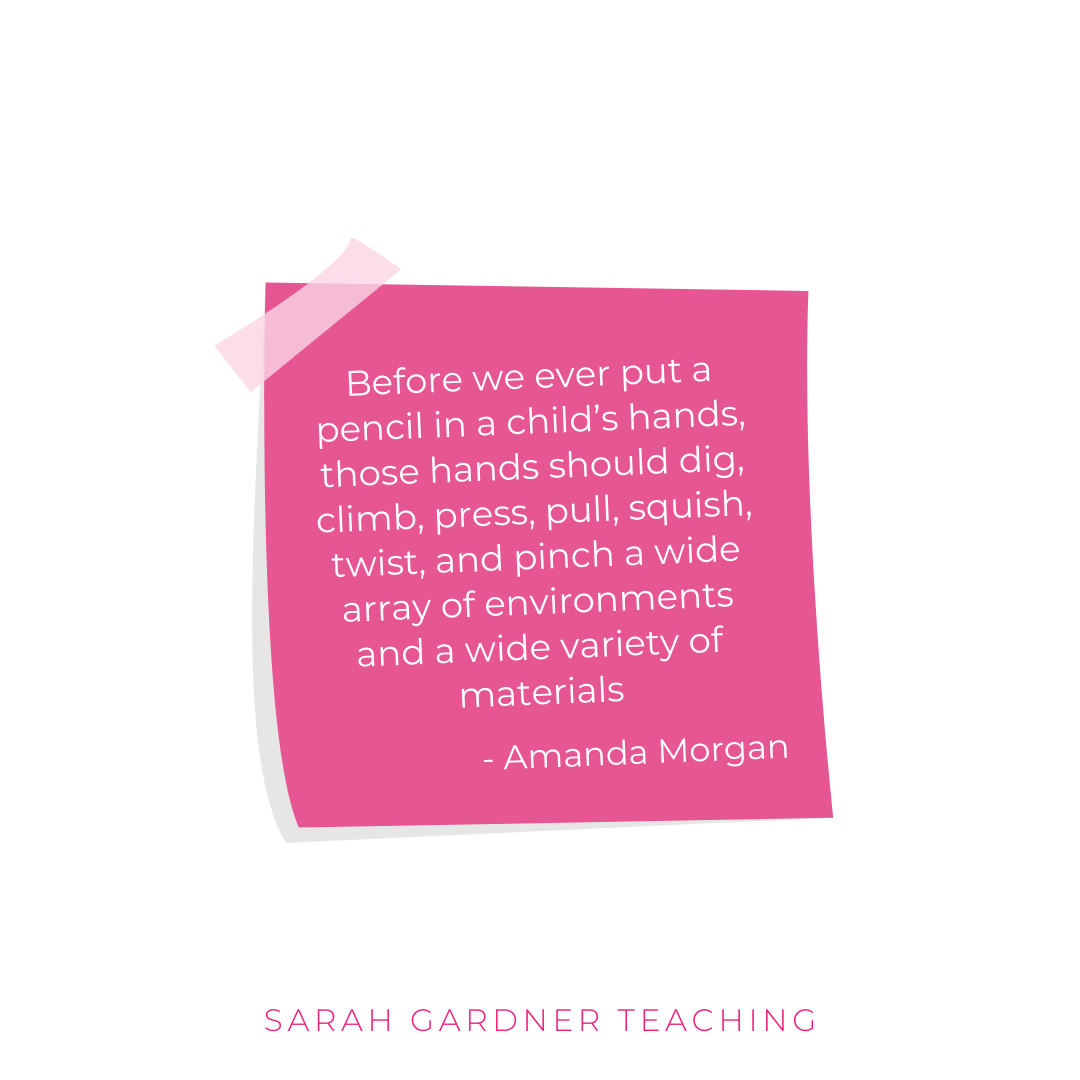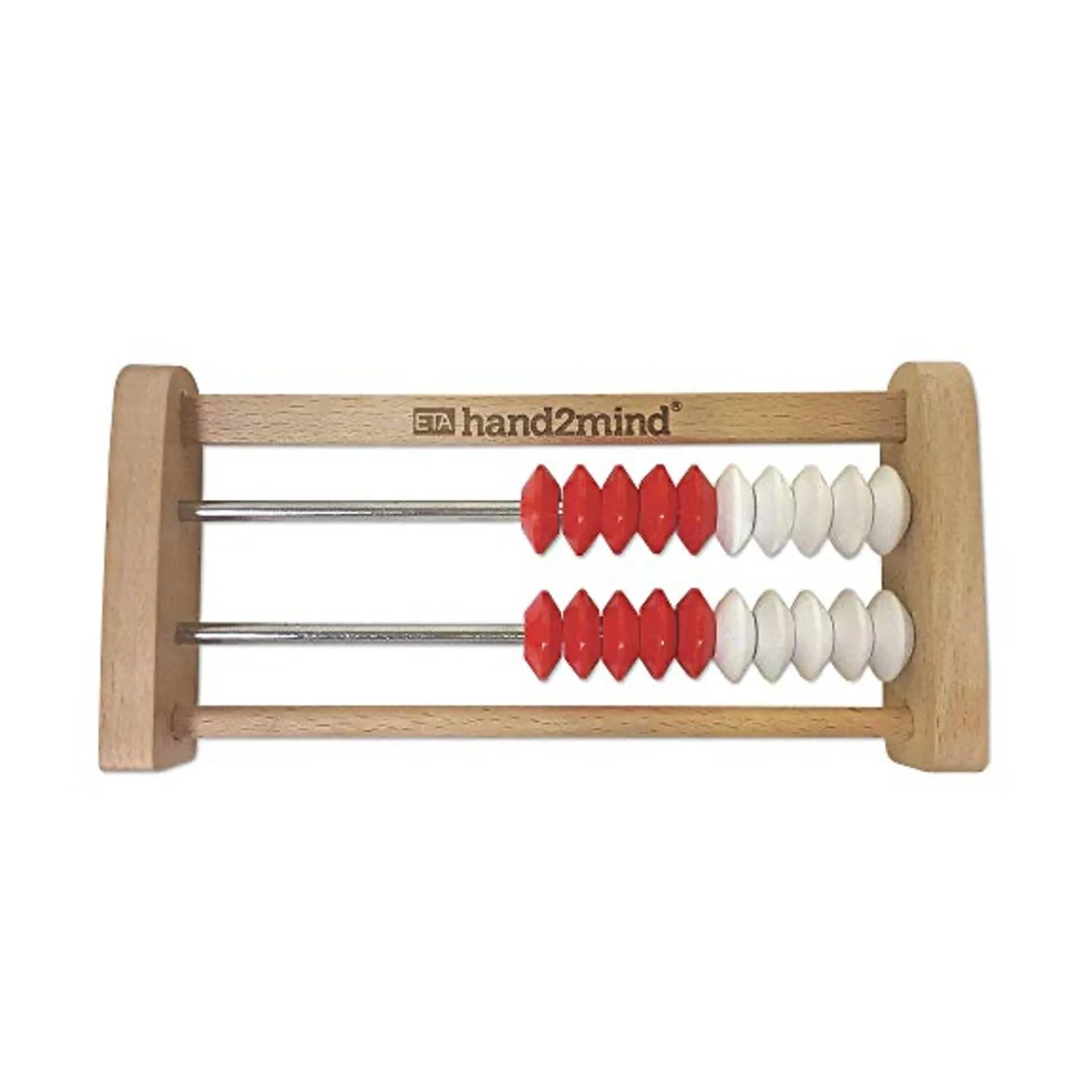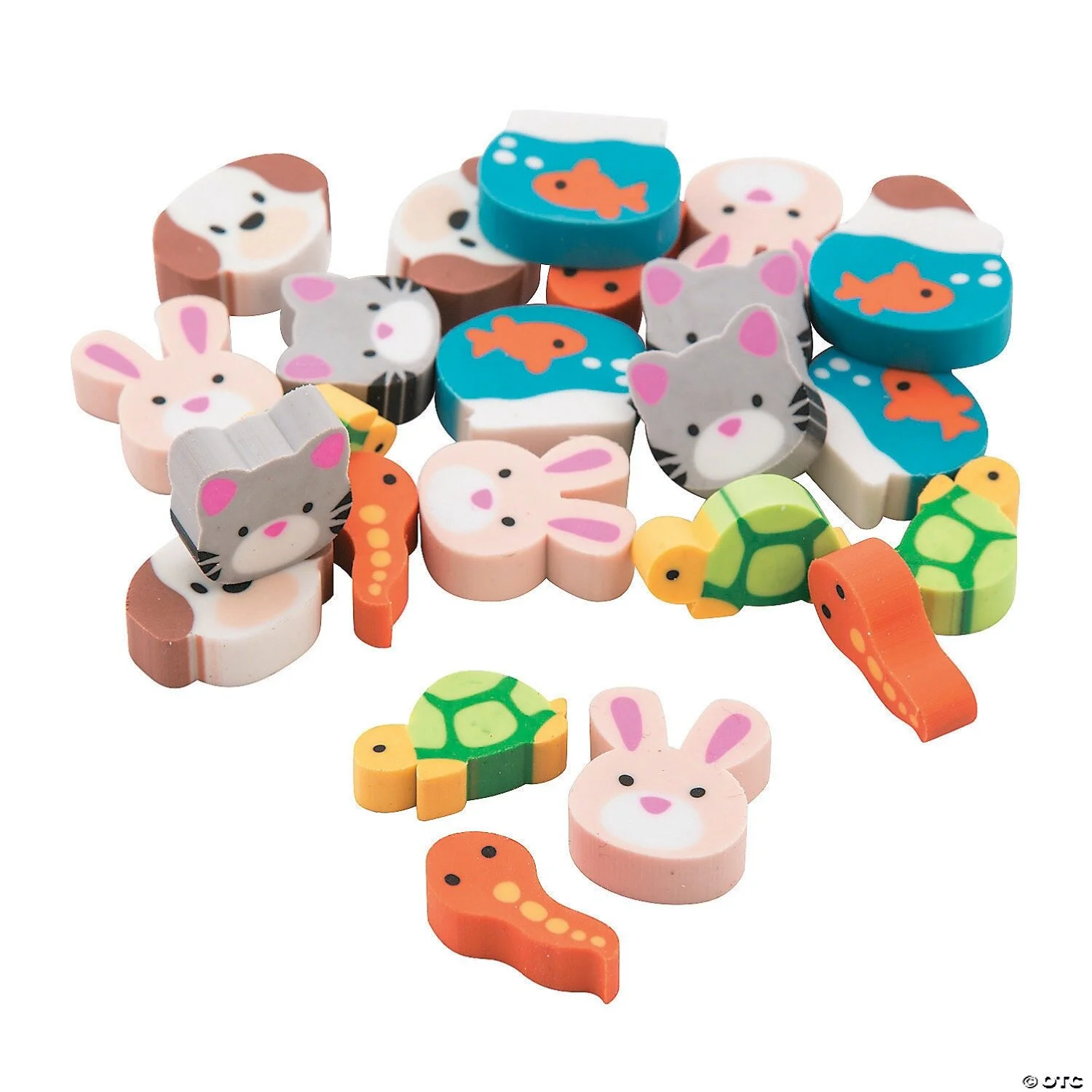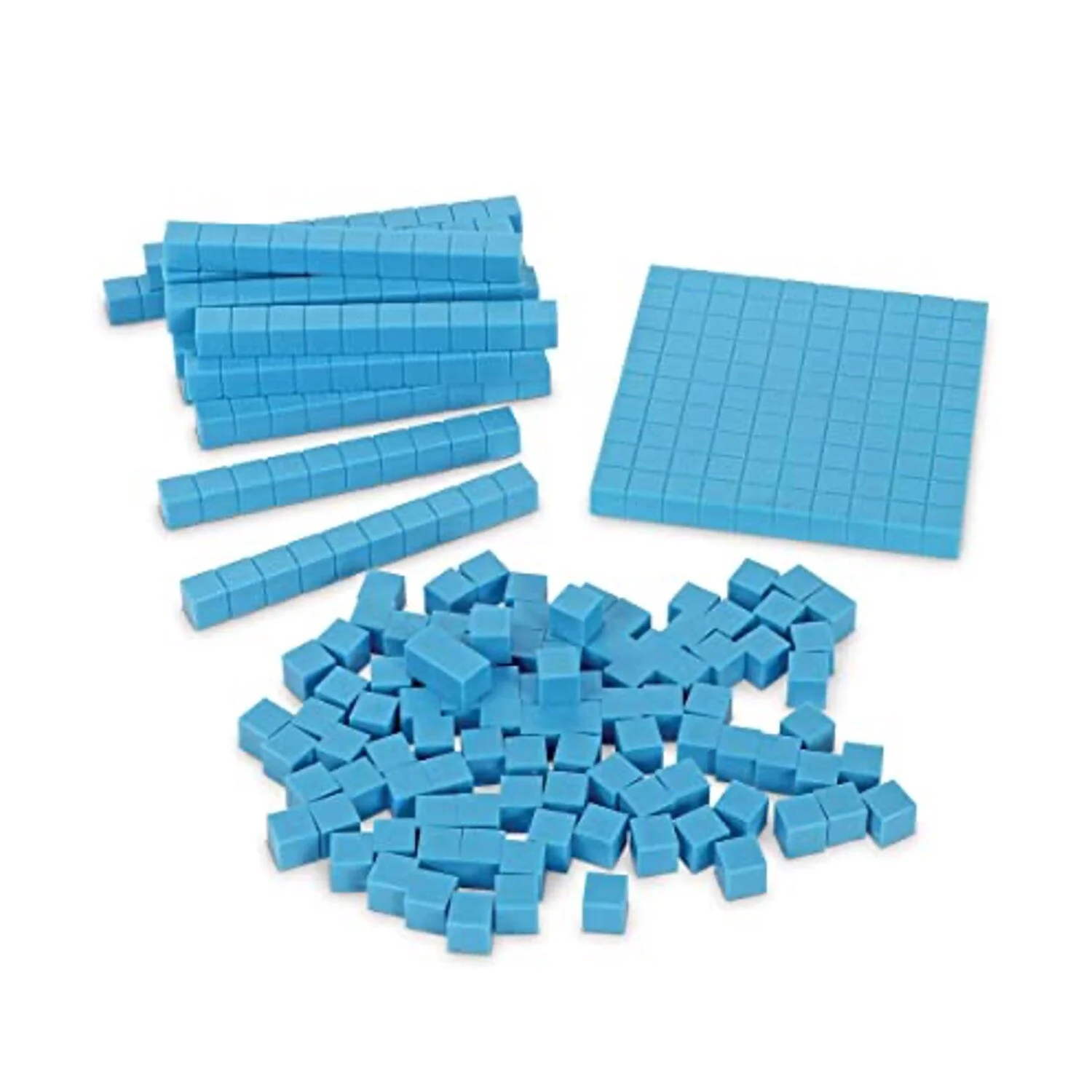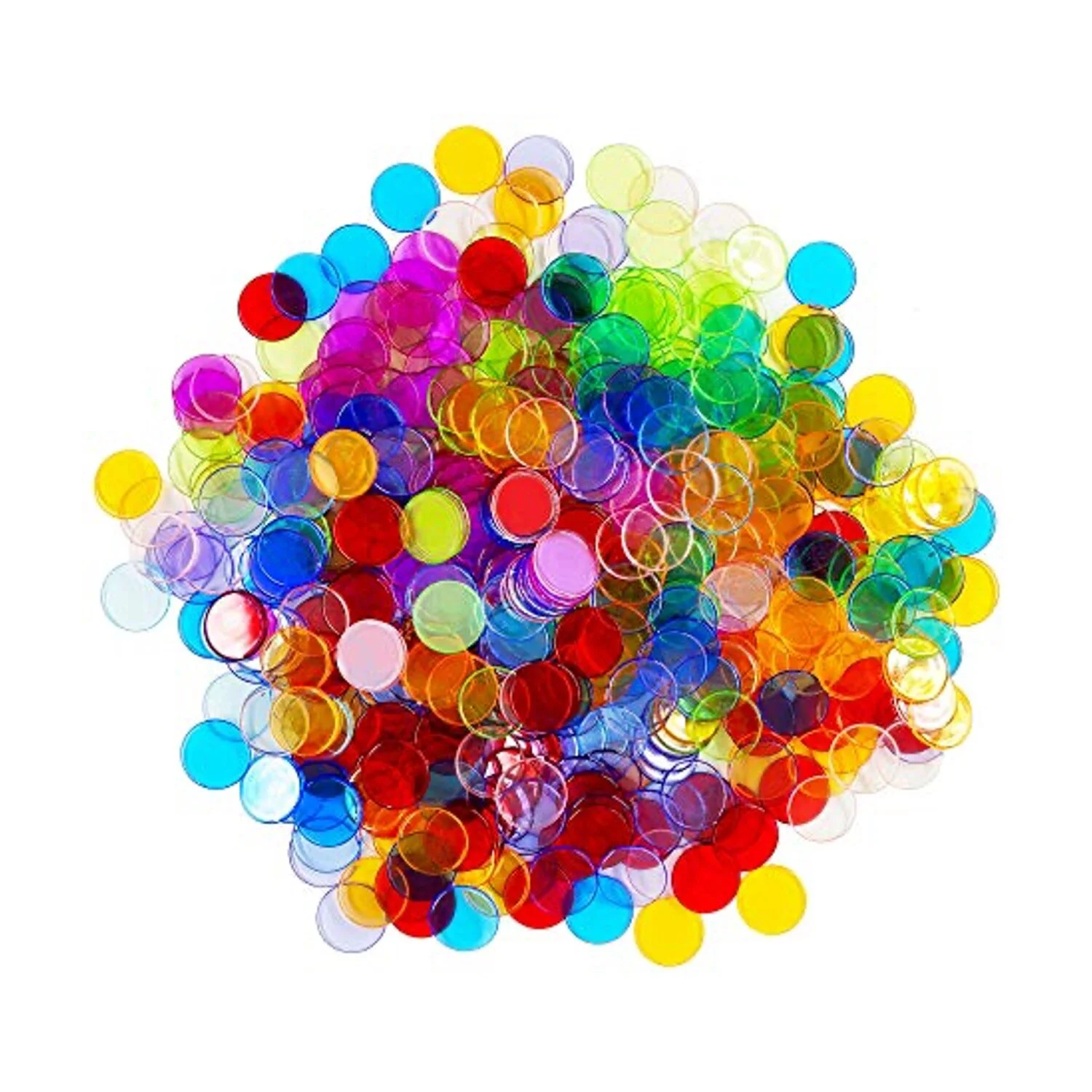You Need These: The Best Math Manipulatives for Your K-2 Classroom
If you teach kids, I know I don’t need to preach to you the benefits of math manipulatives. I KNOW you already know how essential they are to building number sense and connecting the concrete to the abstract. And I KNOW you already have some manipulatives in your classroom. Okay even though I KNOW you already know all of that, I’ll drop a few of my favorite quotes about manipulatives and play right here.
I’m here today to share a few math manipulatives that you may not know about, some ways to repurpose those erasers from the Target Dollar Spot that you’ve hoarded, and a few ideas to add a little spice to the traditional manipulatives you already have in your classroom.
Please note that this post contains affiliate links, meaning, at no additional cost to you, I will earn a small commission if you click through and make a purchase.
Rekenrek/Math Rack
This is hands-down my favorite math tool for building number sense in young students. The red and white colors help students visualize the benchmarks of 5 and 10. My favorite way to begin using these rekenreks is in a small group setting. I’ll say a number and then students will show the number on their math rack. At first, you may notice students sliding one bead at a time. This is a great start, since it lets you assess their one-to-one correspondence. Once students are more comfortable with the tool, challenge them to create the number in as few “slides” as possible. Extend this by asking students what they notice about the number (ex: If you say, “9” students may notice that there is only one bead left to slide to make 10). Don’t have the resources to purchase a full set of math racks for your classroom? I totally get it! My classroom was 1-to-1 with iPads, so I also used this free math rack app with my students!
10 Row Rekenrerk
This is a tool that I recently bought to help my own daughter during our (impromptu) homeschool journey. I noticed that while she could skip count orally, she wasn’t really understanding the concept of what she was doing when she counted. This rekenrek helped so much! When she counted by fives, she would slide each group of five beads. This would also work well for visualizing counting by 2’s and 10’s. This isn’t a math tool that you need for every student in your class
Cuisenaire Rods
I inherited a set of Cuisenaire rods when I moved to first grade, and I’ll be honest, I had no idea what to do with them. It wasn’t until helping my own daughter through her struggles with math that I really understood just how powerful they can be. If you’ve never used them, Cuisenaire rods are ten different colors of rectangular rods, each one a different length. They are especially useful for showing multiple ways to compose a number. Ronit Bird wrote an amazing ebook on using Cuisenaire rods with struggling students that I highly recommend if you’re just getting started!
Interactive 120 Chart
We all know how crucial it is for students to master 0-120 and it’s not an easy feat! This 120 chart will help students gain confidence with skills such as sequencing, odd and even numbers, place value, counting on, skip counting, and recognizing number patterns. This particular chart is cool because one side has all the numbers on it, while the other side is blank. At the beginning of the year, I set up a math center where students are matching the white number tiles to the numbered side of the board. As we progress through the year, I challenge them to turn it to the blank side and complete the 120 chart like a puzzle!
Number Paths
If your experience is anything like mine, you probably inherited a big stack of floppy paper number lines. But did you know that number lines really aren’t developmentally appropriate for students younger than 3rd grade?
A number line is a measurement model - you’re really counting the space between the numbers instead of the numbers themselves. A number path, on the other hand, is a counting model. When students move along a number path, they are counting the squares that they land on vs. the space between each number. You can read more about the difference between number lines and number paths here.
I especially like these number paths because they have clearly marked the benchmarks of 5 and 10, and they include a slider to help younger students with one-to-one correspondence.
Unit Cubes
This is a math manipulative you probably already have in your classroom, but I’m here to say that these are the BEST unit cubes I’ve ever come across. They’re made of thick, heavy plastic and click together well enough so that they’re not falling apart as students build with them. If you’ve had enough of mis-matched unit cubes that don’t fit together, these are the ones you need.
Math Balance
This is one of the most powerful math tools I’ve found for illustrating the meaning of the equal sign. For many of my students, they come to me thinking that the “=” means “the answer” - when in reality, it means “the same as.” On my math balance, I tape a small card in the middle that has the equal sign written on it, just to make this even more clear. This is one of my favorite tools for number talks. I’ll pull it out, put a chip on one side, and ask students to help me find all the different ways we can balance the scale. As they give me their answers, I’ll record them on the whiteboard. I also love to use this online math balance on my interactive whiteboard!
Magnetic Ten Frames
This ten-frame answer board is a stellar teaching tool. I especially love it for math groups because it comes with a set of four. One side has a ten grid and the other has a twenty grid. It comes with magnetic counters that are double-sided with different colors on each side, which is great for visualizing addends. The answer boards are versatile as they are also dry-erasable so students can use their dry-erase markers for activities too. This is great for visualizing addition equations, but it also helps kiddos gain confidence with subitizing. You can get really creative with the ways in which you utilize these. I found that the answer boards increase engagement in small group activities because the answer board handle makes it feel more like a game than just an assignment or lesson. Nothing gets students more invested quite like a healthy dose of competition!
Mini Erasers
Anyone else a recovering mini-eraser hoarder? No? Just me? Well, if you have a collection of these sitting around, they make awesome math manipulatives. I love using them when we begin the year with counting collections, they’re the perfect size for modeling problems on number bonds or ten frames, and they bring a punch of seasonal fun to just about any small group lesson. I’ve collected mine from The Dollar Spot at Target, but I’ve linked a couple of cute collections below from Oriental Trading.
Base 10 Blocks
Base 10 blocks are the quintessential math manipulative - and chances are, you already have them in your classroom. For me, these are a little “meh” on the engagement and fun meter, but over the years I’ve found some ways to spice them up. One of my favorite math warm-ups is to have students build with their base-10 blocks for about 3 minutes, then they count them up and tell their neighbors how many they used. We also do this in reverse, where I tell them a number and they can only use that many blocks to build something. Once we’re done, we use our whiteboard to write the expanded form for the numbers we built!
Bingo Chips
If you haven’t been able to tell yet, I love investing in manipulatives that I can use for a variety of things to get my money’s worth. These plastic markers are a staple for my math station cabinet. They come in 8 different colors and are awesome to use with 100 charts to show patterns, using different colors to grasp odds and even numbers, place value, and even solve addition and subtraction equations. The different colors really help our brains comprehend these concepts. If you ever play bingo on a game day-- you could also use these as markers for that. See? Versatile!
Slime Charms
Who wouldn’t love to play with tiny loaves of bread and donuts? These slime charms take the engagement level way up, and make the perfect counting collection or math center manipulative. I like to use these during my small group lessons and my kids find them to be super motivating.
Geoboards
Geoboards are most kids’ favorite manipulative, which is why we always have to have a couple of minutes of free play before we get started on the lesson so they can get it out of their system before we get down to business. We obviously use these during our 2D shape unit, but it just dawned on me this year that these can also be used to represent numbers, practice subitizing, and visualize odds and evens. Give students a number and challenge them to include that many “pegs” inside the shape they made. Then, ask them what they notice. How many different ways were they able to make that number? If the number is odd, are they able to make a rectangle or square? Why not?
Bulk Craft Supplies
If you haven’t noticed by now, you can use just about anything tiny to up the engagement in your math lessons. I love to browse the craft aisle and stock up on anything and everything that will bring a new texture into my math lessons. These tiny shells are the perfect addition to your counting collections or to bring a thematic element to your lessons. Don’t skip the bulk craft aisle the next time you’re at Michael’s or Hobby Lobby!
Poppers
Just about every child I know owns one of these. They are the new fidget spinner, but in my opinion, they’re even more addicting. The pop is just so satisfying and I love all of the amazing ways I’ve seen educators using these. One popper and two dice could easily become a math fact fluency center. Have a student struggling with one-to-one correspondence? Help them slow down by popping one bubble for each number they count. And have you seen all of the cool shapes and sizes that these come in? I may or may not have the strawberry-shaped one sitting on my desk right now…
I hope that you’re leaving here today with some ideas for some new manipulatives you could add to your classroom collection, as well as a couple new ways you can use the manipulatives you already have in your cabinet.


